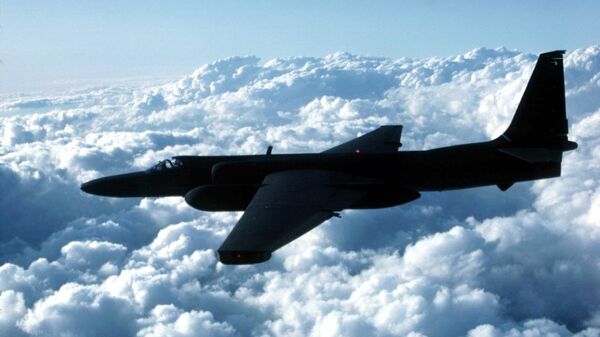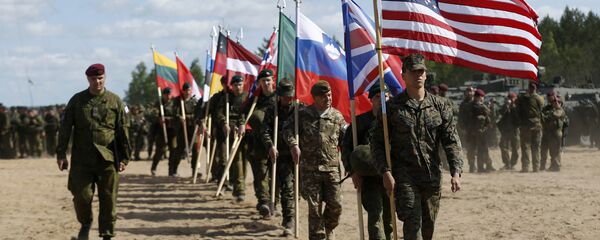However, it remains unclear whether the U-2, considered by some to be one of the most effective spy planes ever built, will be able to snoop on a country that has developed some of the most sophisticated air defense systems ever made.
In fact, half a century ago Moscow’s anti-air capabilities proved to be good enough to provide an object lesson of why a U-2 really shouldn’t fly into Russia’s airspace without permission. And this time, a wannabe airborne intruder will likely receive a much more high-tech and lethal greeting.
Therefore, U-2 spy planes would likely resort to operating within the NATO member-states’ airspace, trying to 'peep' into Russia while cruising at 20km altitude, begging the question of why the alliance doesn't just stick to Wikimapia.
Alexei Pushkov, head of the Russian parliament’s Foreign Affairs Committee, remarked that just like the spy plane in question, General Breedlove is a Cold War relic.
"While terrorists blow up European cities, NATO supreme allied commander Breedlove dreams of a U-2 over Russia. The U-2 was born of the Cold War. And he [Breedlove] is also a thing of the past," Pushkov wrote on Twitter.
Тогда как террористы взрывают города Европы, главком НАТО Бридлав спит и видит U2 над Россией. U2 родом из хол.войны. И он тоже из прошлого.
— Алексей Пушков (@Alexey_Pushkov) 27 марта 2016 г.
The U-2 aircraft was used by the US Central Intelligence Agency (CIA) to fly reconnaissance missions over the Soviet Union during the Cold War. In 1960, a U-2 plane was shot down by a Soviet surface-to-air missile in central Russia. The US government attempted to claim that the plane was merely studying weather patterns, and was subsequently embarrassed when Kremlin revealed that the pilot, Francis Gary Powers, had been taken alive and confessed about the nature of his mission.



